Biofuels are divided into main groups: Biodiesel, biogasoline mixed with ethanol as an additive instead of lead additives, biogas... can completely replace traditional fuels. Using biofuels does not increase CO2 emissions, is environmentally friendly, contributes to ensuring national energy security and supports the carbon neutrality goals of countries around the world .
Currently, biofuels are widely used in more than 50 countries around the world with an estimated market size of 1.89 million barrels of oil equivalent/day in 2024 and expected to reach 2.44 million barrels of oil equivalent/day in 2029. Many countries have policies prioritizing biofuel development and large-scale production plans to meet the steadily increasing demand.
As one of the countries that pays special attention to environmental issues and climate change, Vietnam has promptly issued a roadmap to reduce emissions and greenhouse gases in many fields. On November 20, 2007, the Prime Minister issued Decision No. 177/2007/QD-TTg on "Approving the Project on Biofuel Development to 2015, with a vision to 2025"; on November 22, 2012, Decision No. 53/2012/QD-TTg on promulgating the "Roadmap for applying the blending ratio of biofuels with traditional fuels"; on July 26, 2023, Decision No. 893/QD-TTg on "Approving the National Energy Master Plan for the 2021-2030 period with a vision to 2050". These policies demonstrate the necessity of biofuel development for sustainable economic development.
Notably, after the strong commitment at the COP26 Conference on reducing net emissions to “0” (Net Zero) by 2050, the Government has urgently reviewed the system of relevant legal documents and regulations, and has a policy mechanism for biofuels to partially replace fossil fuels, contributing to ensuring energy security and environmental protection.
With 28 million hectares of agricultural land, including more than 14 million hectares of forestry land, Vietnam has great potential for developing biofuels from organic waste from the agricultural and food industries, thanks to its favorable climate and abundant solar energy.
Since 2015, the country has had 7 bio-ethanol factories invested in construction with a total expected production capacity of about 502 thousand tons/year, enough to blend 8.46 million tons of bio-fuel (E5) when these factories operate at 100% of their designed capacity. However, due to unfavorable developments in world oil prices, small production scale, outdated technology, not using many cheaper raw materials, not taking advantage of by-products to reduce product costs, and inadequate financial mechanisms of many projects, the price of E5 gasoline is not attractive enough, making people not interested, bio-ethanol factories have been shelved one after another, unable to sell their products, operating sluggishly, and even forced to close.
Thus, Vietnam still has a lot to do to develop sustainable biofuel sources. Some experts say that the Vietnamese Government has a clear and coherent vision and strategy, setting goals similar to those of developed countries. However, strategic planning, planning and implementation are not really linked together. Vietnam's commitment to reduce greenhouse gas emissions to "0" by 2050 is a very high goal, requiring a huge amount of resources and the consensus of all authorities, ministries, departments and sectors.
Some failed ethanol fuel production projects show that it is necessary to organize investment science from planning stable raw material areas, choosing investment technology, having a mechanism to mobilize finance for biofuel production effectively, stabilizing quality, reducing costs so that the product is favored by consumers. These are issues that all levels, sectors, investors as well as raw material suppliers participating in the biofuel production chain need to pay attention to and resolve in order to achieve the goal of reducing greenhouse gas emissions to zero by 2050.
Source: https://nhandan.vn/go-vuong-cho-nhien-lieu-sinh-hoc-post816511.html










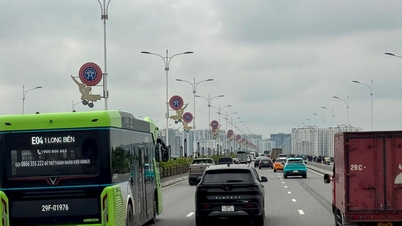



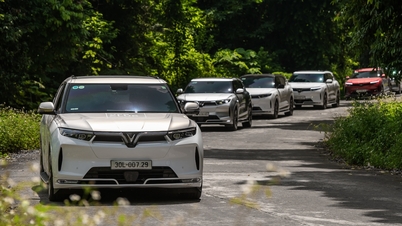


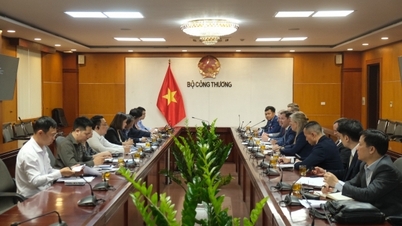



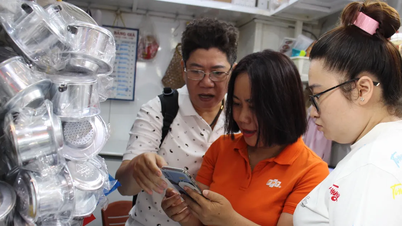

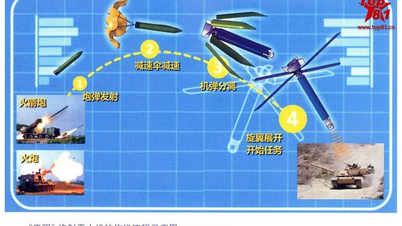


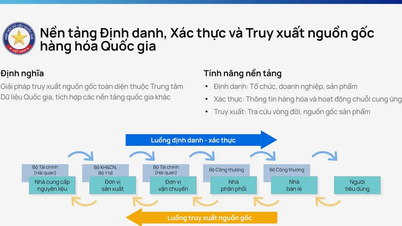






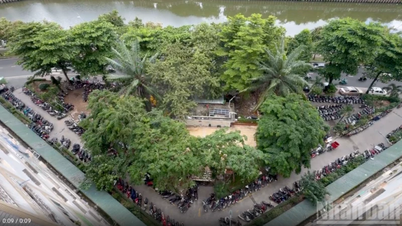
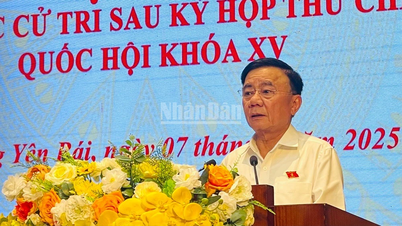
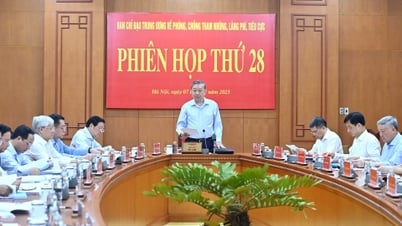
















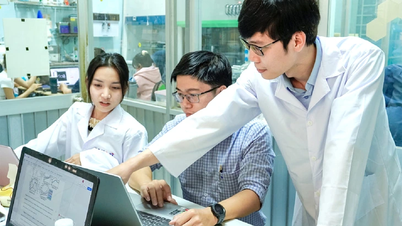



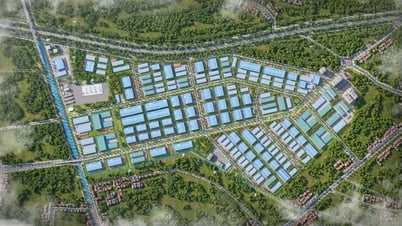















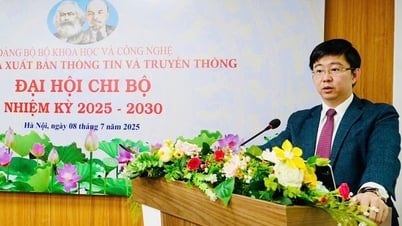

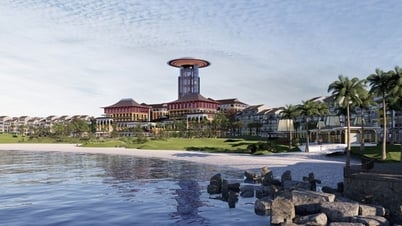


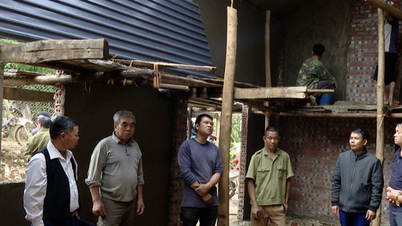




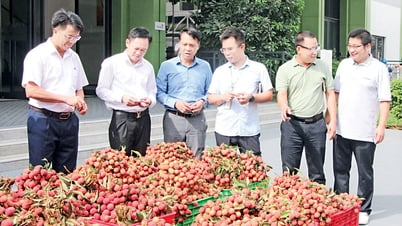

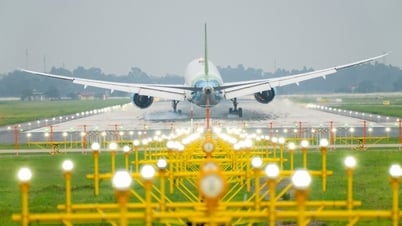

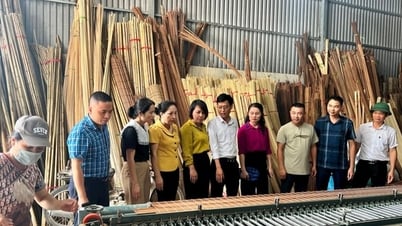



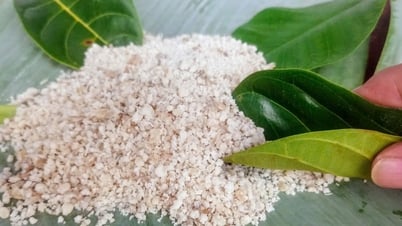


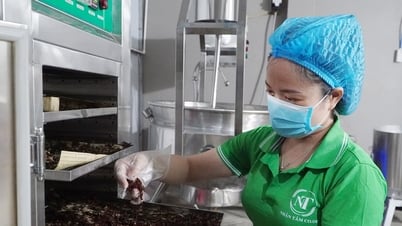






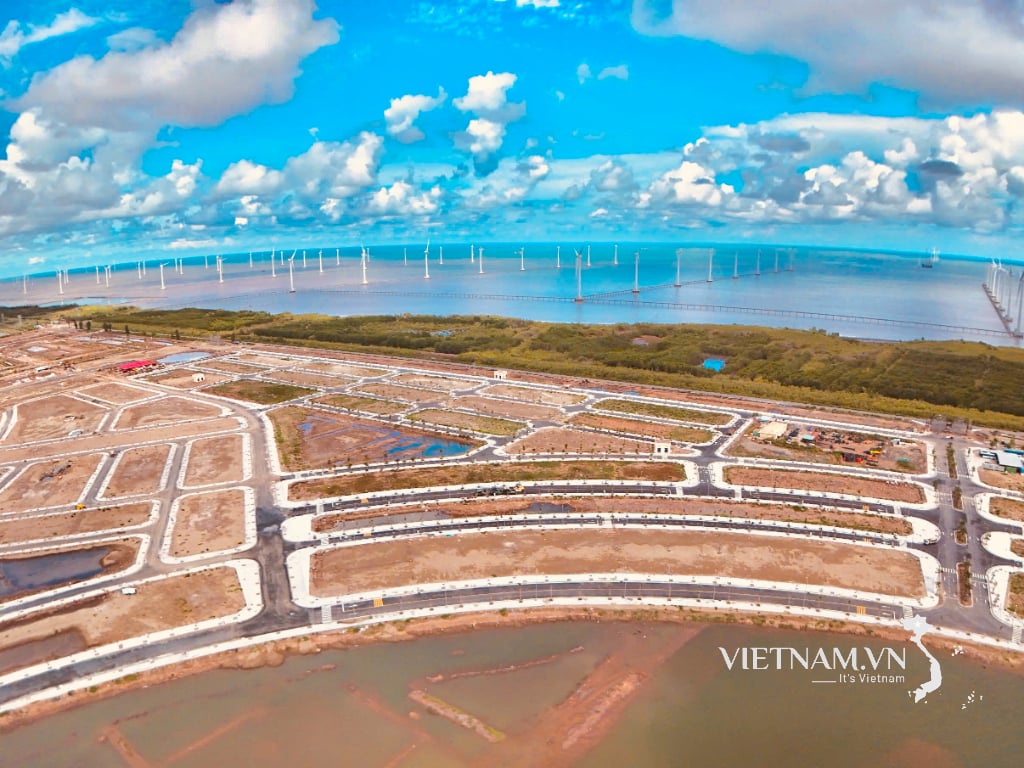


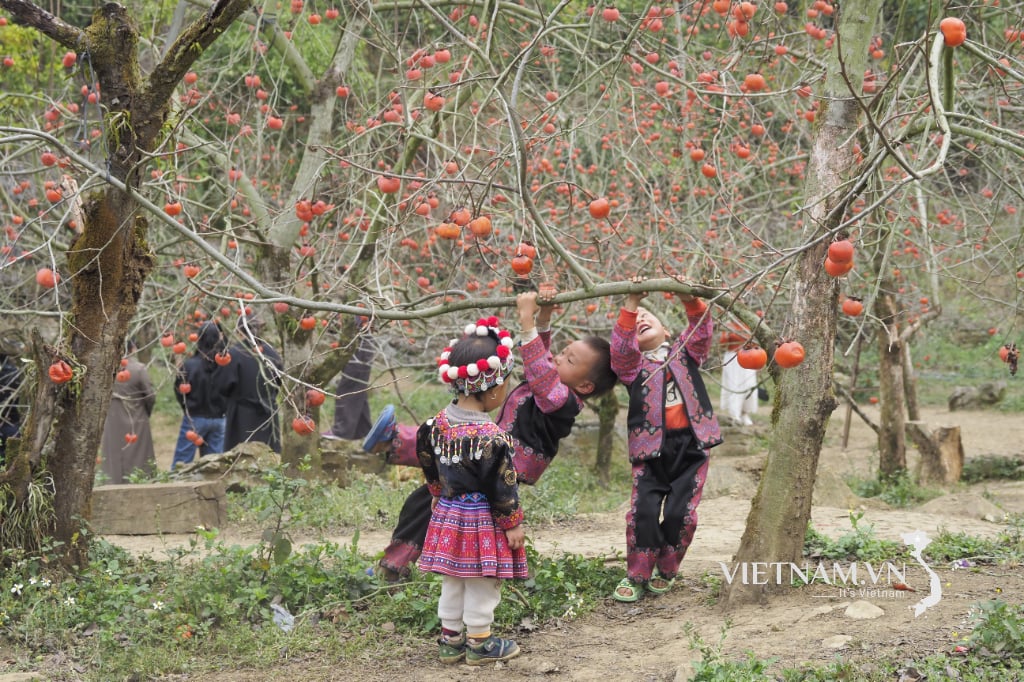
Comment (0)